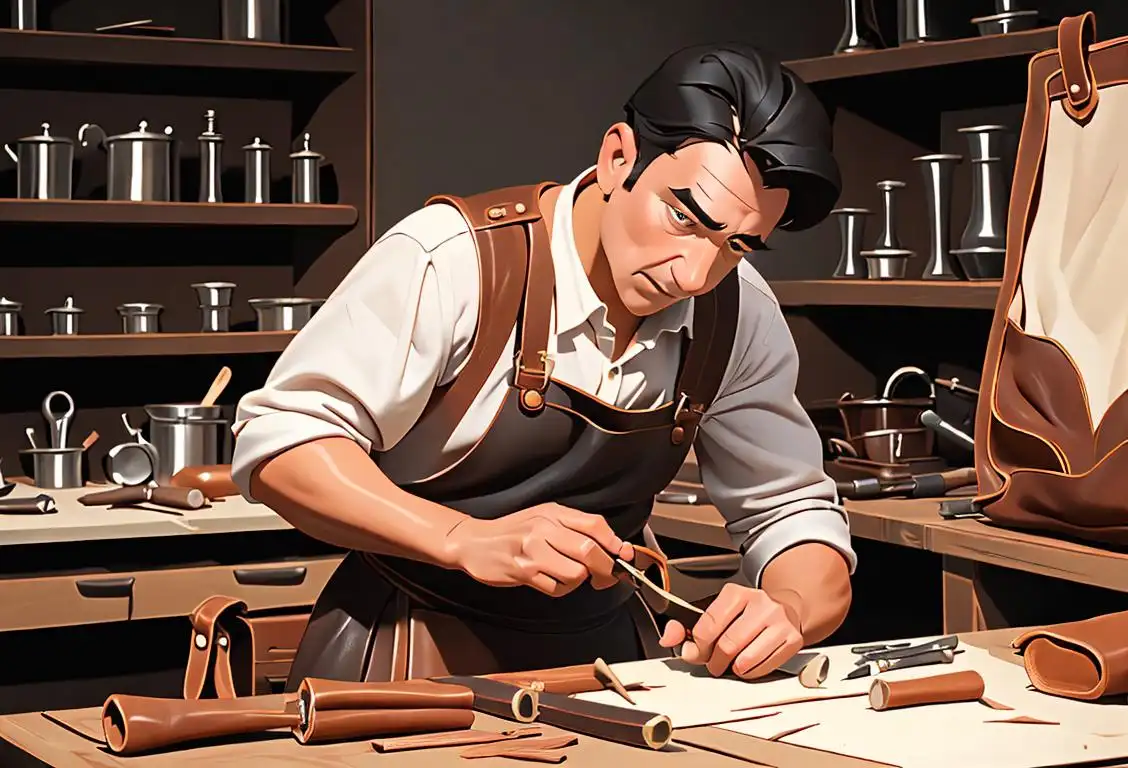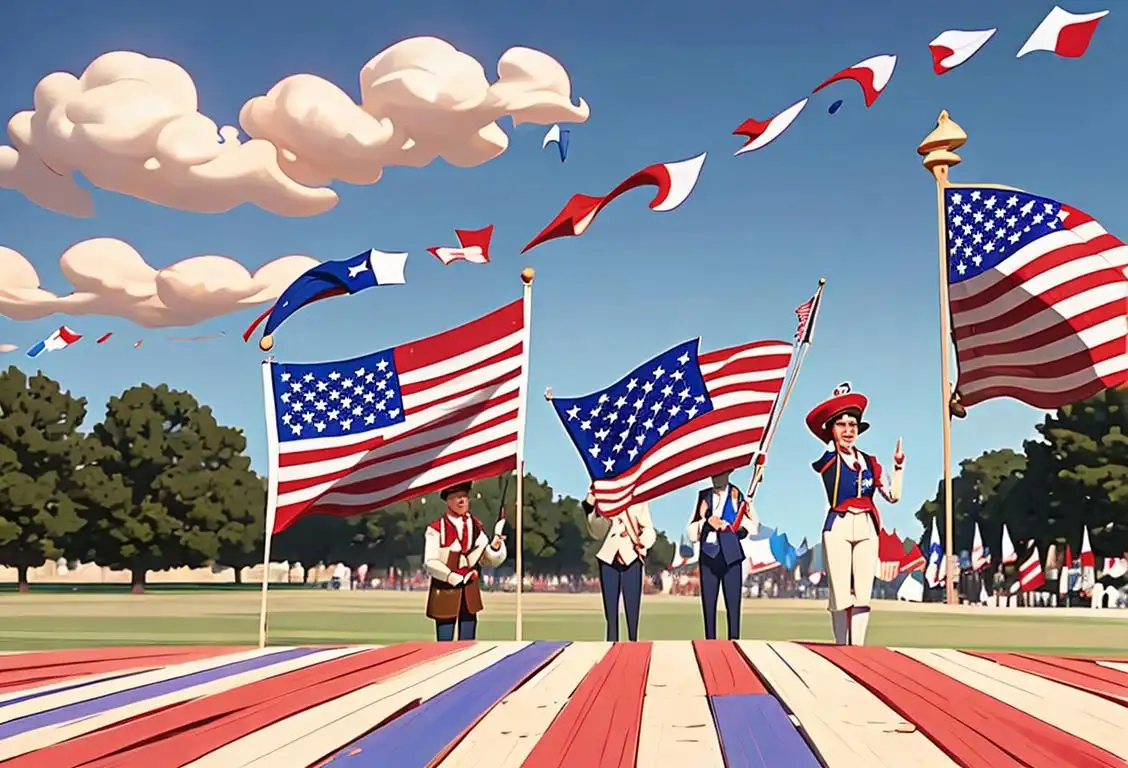National Leathercraft Day

Welcome to National Leathercraft Day! Get ready to saddle up and dive into the world of leather crafting. This day celebrates the art of turning simple pieces of leather into stunning creations. So grab your tools and let's get crafty!
When is Leathercraft Day?
It's national leathercraft day on the 15th August.
A Brief History of Leathercraft
Leathercraft has a long and storied history that dates back centuries. Just imagine ancient craftsmen fashioning beautiful leather goods by hand—no fancy machines or assembly lines in sight! From belts and bags to shoes and saddles, people have been using leather to create both functional and fashionable items for centuries.
The art of leathercraft has evolved over time. In medieval Europe, skilled leatherworkers were highly sought after, as they crafted armor and other protective gear for knights and nobles. Leather also played a crucial role in the growth of the Western frontier, with cowboys relying on saddles, holsters, and boots made by talented leather craftsmen.
Today, leathercraft has become a beloved hobby and a thriving industry. People of all ages and skill levels can try their hand at leatherwork, creating everything from wallets and keychains to intricate leather tooling designs.
Celebrating National Leathercraft Day
On National Leathercraft Day, enthusiasts from all over come together to celebrate their love for this timeless craft. Whether you're an experienced leatherworker or a complete beginner, there are many ways you can join in on the fun:
- Attend a leathercraft workshop or class to learn new techniques and hone your skills.
- Create your own leather masterpiece, like a custom-made belt or a stylish key fob.
- Visit a leather museum or exhibit to explore the rich history of leatherworking.
- Support local artisans by purchasing handcrafted leather goods.
- Share your leathercraft projects on social media using the hashtag #NationalLeathercraftDay.
Remember, the possibilities are endless when it comes to leathercraft. So grab your leather, get creative, and honor the timeless tradition of turning simple hides into works of art!
History behind the term 'Leathercraft'
Prehistoric Times
Ancient Beginnings
Leathercraft can be traced back to prehistoric times, where our ancestors discovered the versatility of animal hides. They used these hides not only for warmth, but also as a means of protection, creating simple garments and accessories. The process of transforming raw animal hide into a usable material laid the foundation for the art of leathercraft.
Ancient Egypt (3000 BCE)
Egyptian Mastery
In ancient Egypt, leatherwork reached new heights of sophistication and artistry. The Egyptians developed techniques for tanning and dyeing leather, allowing for a wider range of colors and patterns in their craftsmanship. Leather goods were not only practical but also symbolic, often featuring intricate designs and hieroglyphics.
Ancient Rome (300 BCE - 400 CE)
Roman Influence
The Romans played a significant role in spreading leatherworking techniques throughout Europe. They introduced improved tools such as awls and stitching needles, enabling more precise and intricate designs. Leather became a popular material for fashion and armor, showcasing the Romans' craftsmanship and status. It was during this period that the term 'leathercraft' started to take shape.
Middle Ages (5th - 15th century)
Guilds and Specialization
During the Middle Ages, leathercraft developed into a specialized craft with the rise of guilds, organized groups of artisans. Each guild focused on a particular aspect of leatherworking, such as tanning, currying, or saddlery. Techniques improved, and the artistry extended beyond practicality, with decorative patterns and embossing becoming more common.
Industrial Revolution (18th - 19th century)
Mechanization and Global Expansion
The Industrial Revolution brought significant advancements to leathercraft. Machines were developed to increase productivity and efficiency, modernizing the industry. The demand for leather goods surged as trade networks expanded, allowing for the transportation of raw materials and finished products across continents. Leathercraft became more accessible to a wider population.
20th Century
Artistic Revival and Modernization
In the 20th century, leathercraft experienced a revival and gained recognition as a form of artistic expression. The craftsmanship expanded beyond traditional items like shoes and bags, with artists pushing boundaries by incorporating leather into sculptures and mixed-media artwork. Leathercraft workshops and schools emerged worldwide, passing down traditional techniques while embracing innovation.
Did you know?
Did you know that leather has been used for thousands of years? Ancient Egyptians were among the first to use leather, with evidence of its use dating back to 1300 BC. It's incredible to think that this versatile material has stood the test of time!Tagged
fun history craftsFirst identified
15th August 2018Most mentioned on
15th August 2019Total mentions
55Other days
Leathercraft Day
Maritime Day
Memorial Day
Video Game Day
Liberation Day
Teacher Appreciation Day
Vodka Day
Former Prisoner Of War Recognition Day
Flag Day
Convention Day








